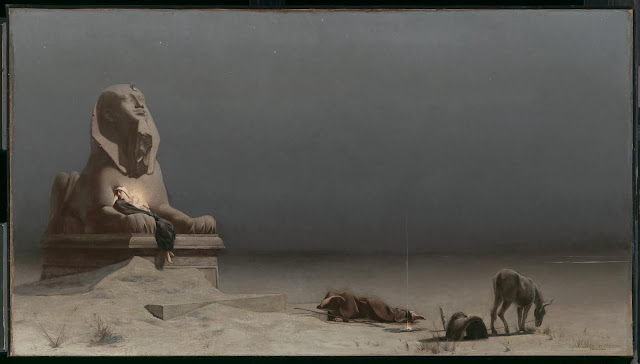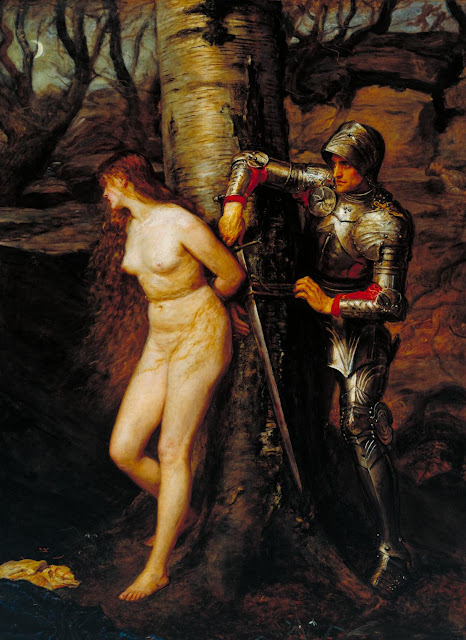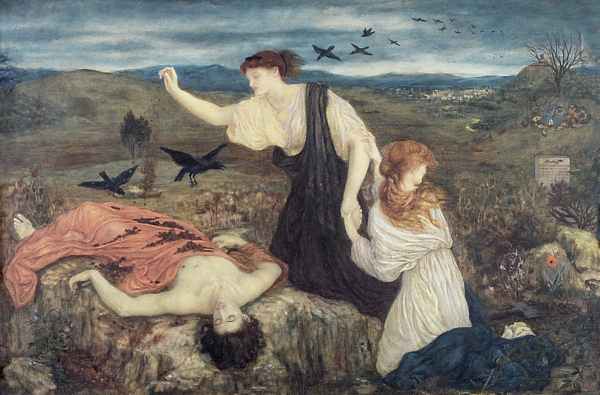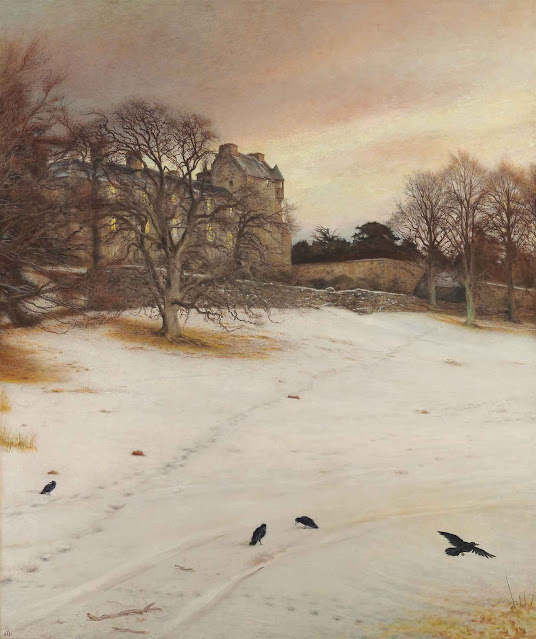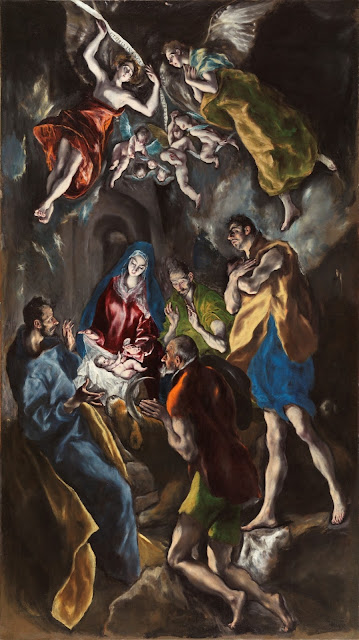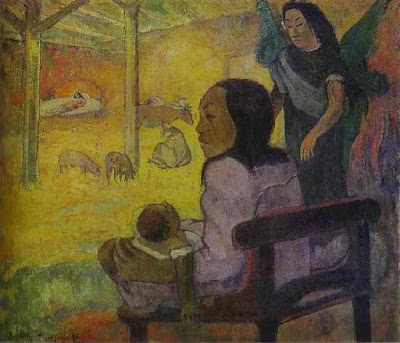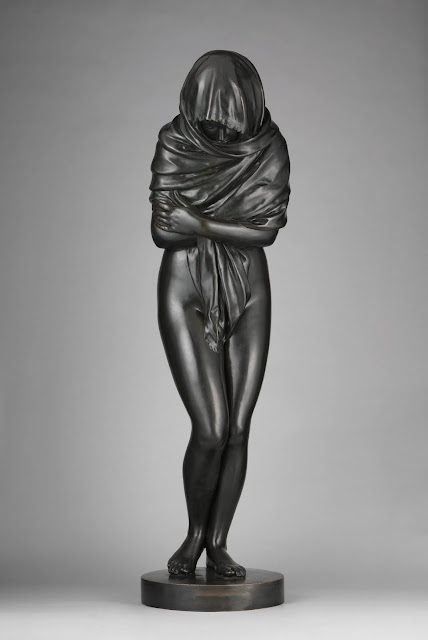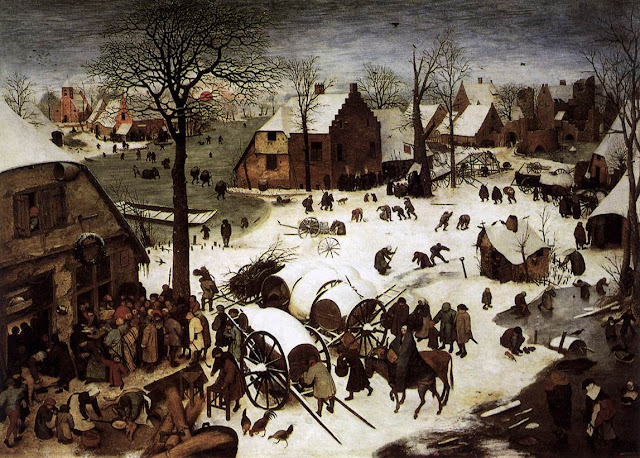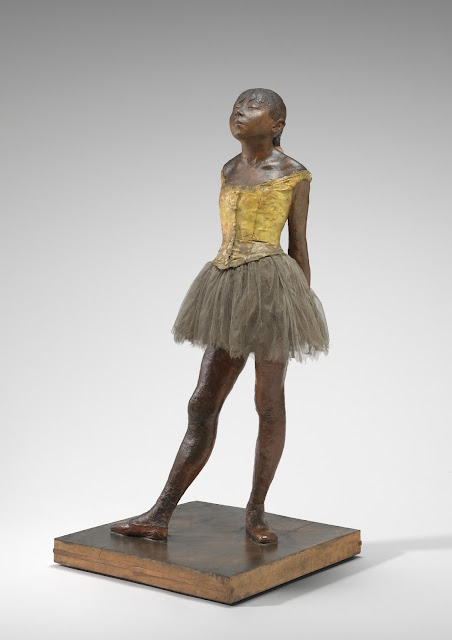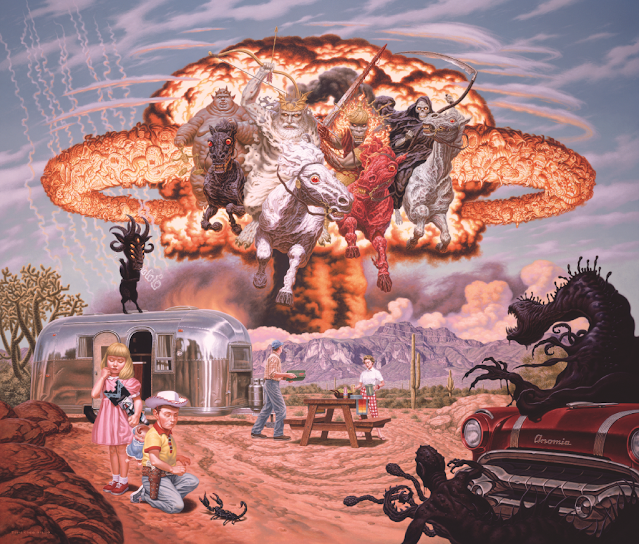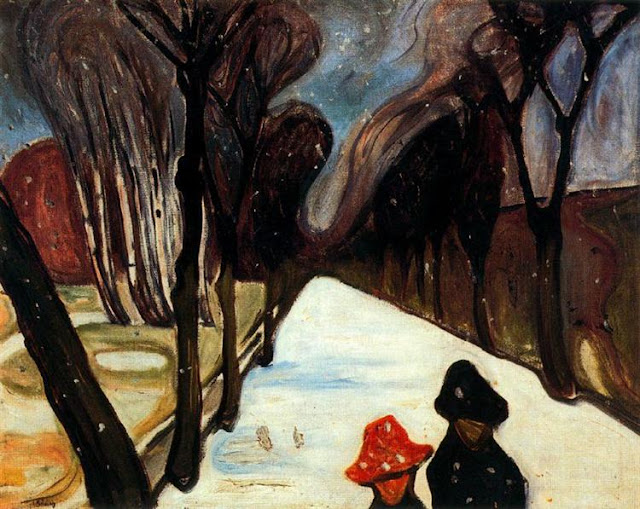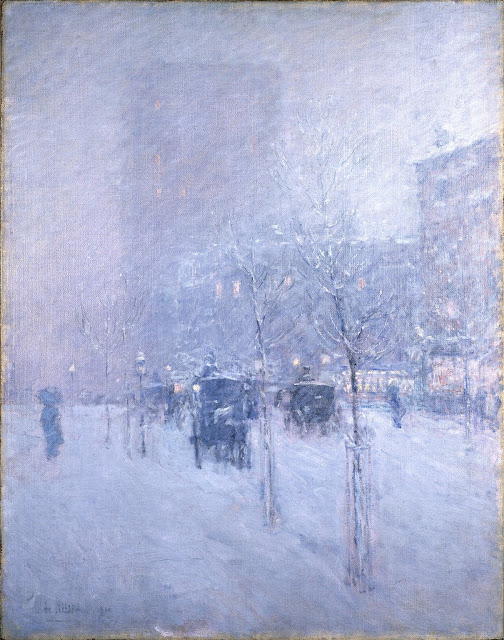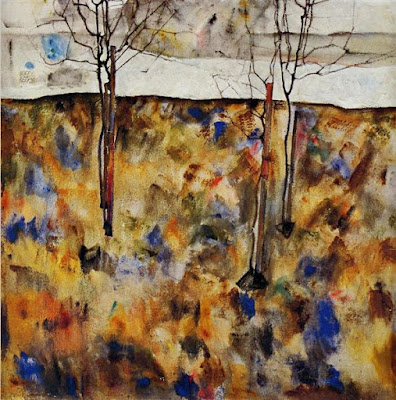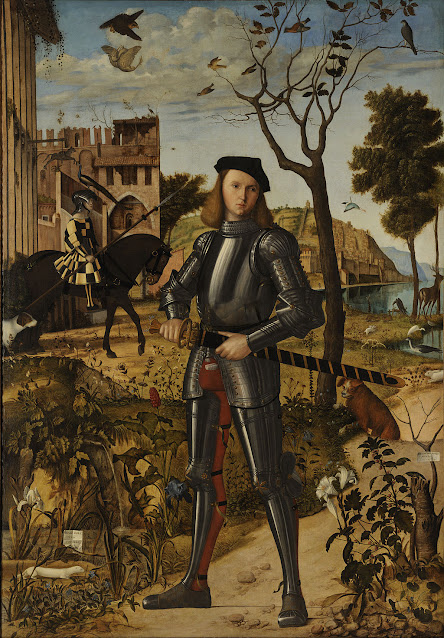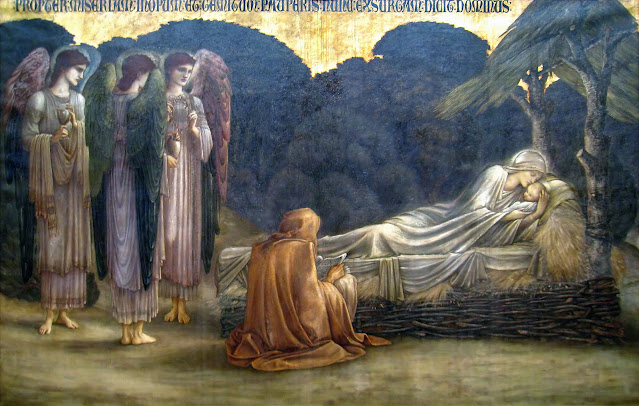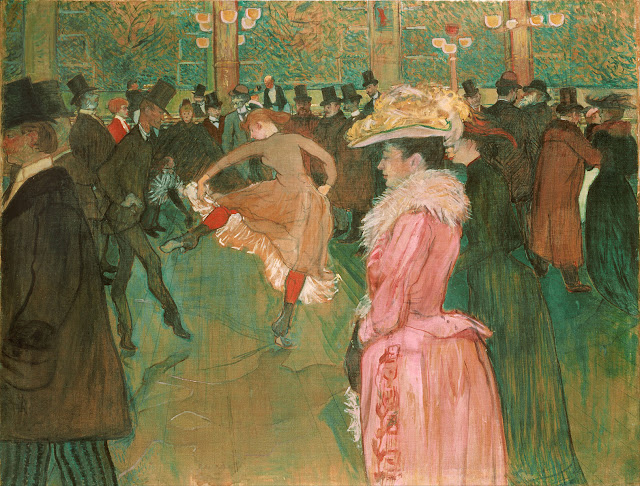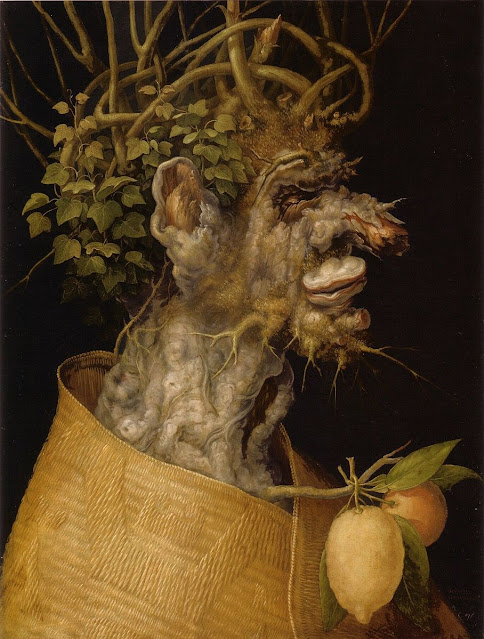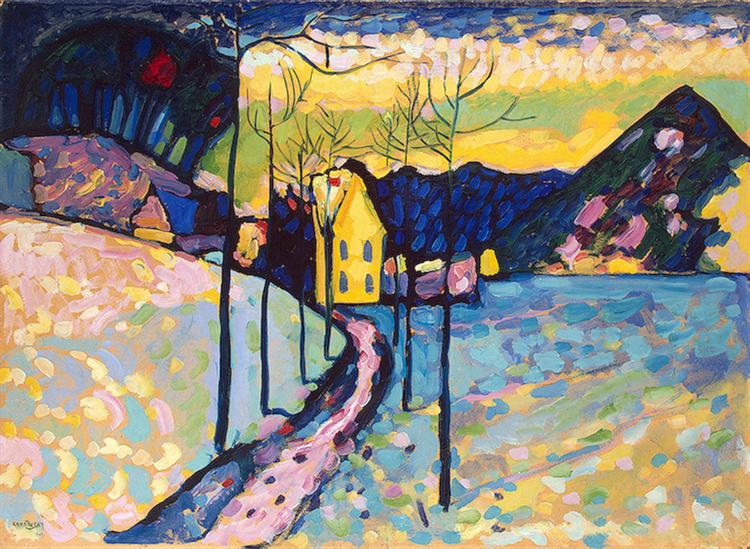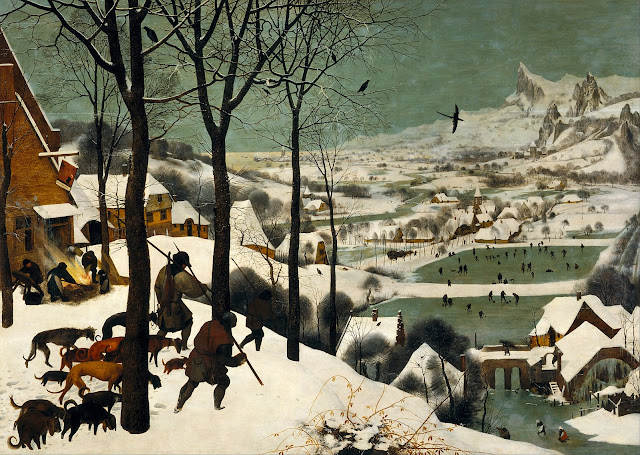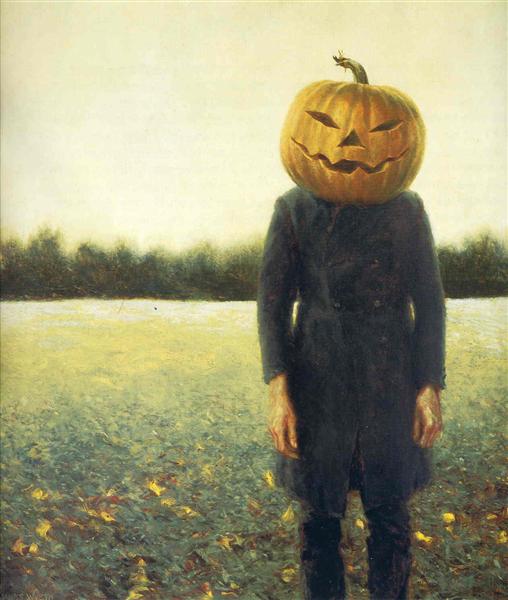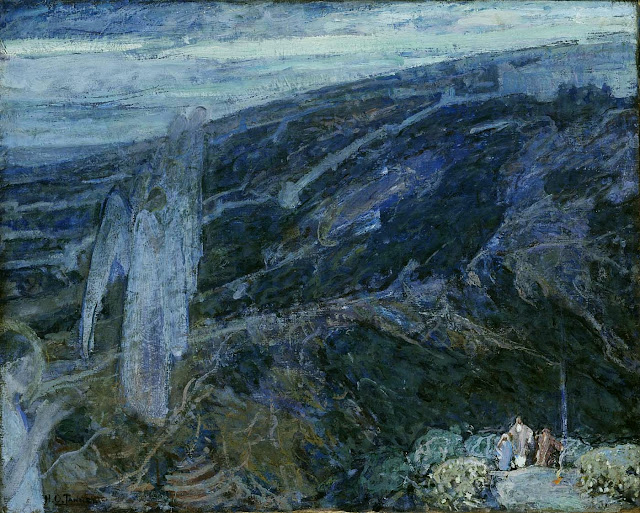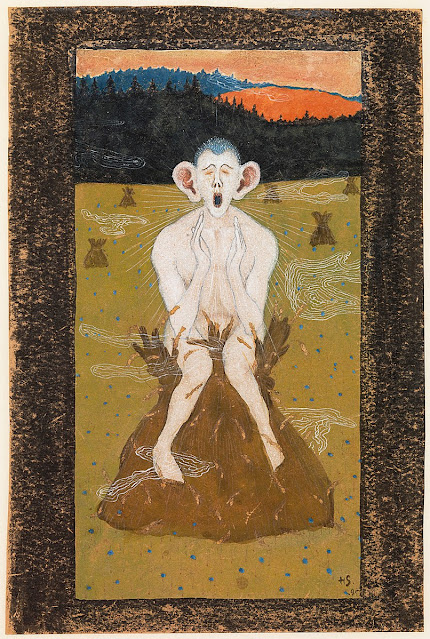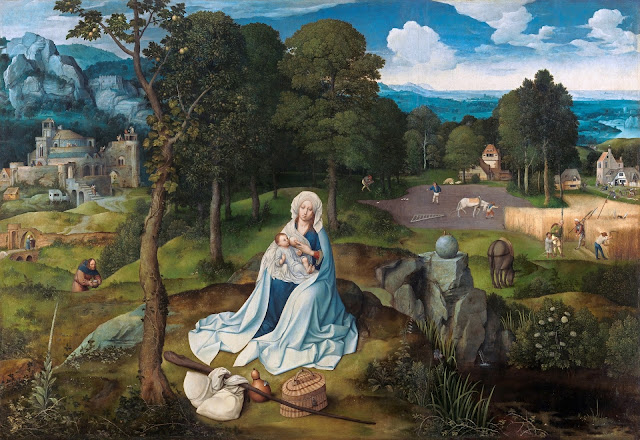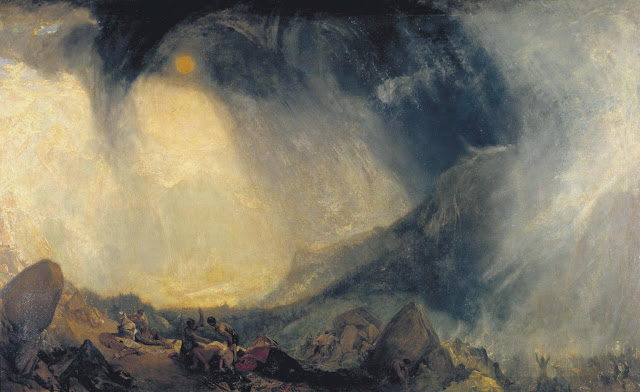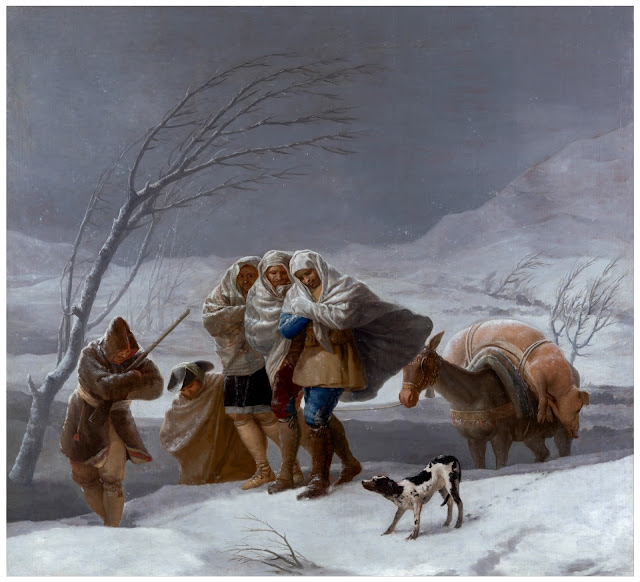Allegory of Winter by Remedios Varo (Interpretation and Analysis)
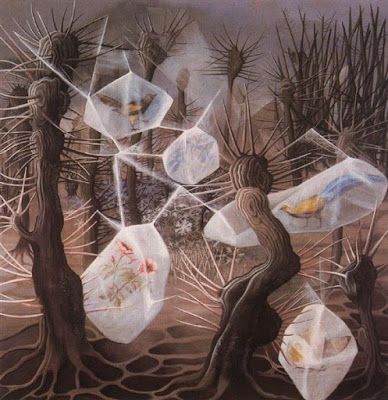
Allegory of Winter Source: WikiArt Today is the last day of the year. It’s been a wild and stressful ride, and I have to say that I’m glad to turn the page on this year. As we look forward to 2021, however, I want to share one more painting: Allegory of Winter by Remedios Varo. I am often captivated by Varo’s paintings. She was one of the most imaginative artists of her age, employing a complex set of symbols and visual story-telling techniques to convey meaning. As a result, her paintings often conjure images of some half-imagined, legendary past, steeped in magic. Varo’s profound creativity can be seen in paintings like Allegory of Winter. The painting portrays strange, spiky, cactus-like plants growing in a parched, barren landscape. White snowflakes swirl in the background against a flat, grey sky. Ice-like pods grow between these strange trees, crystallizing into multi-faceted shapes. Each of these ice crystals contains a different bird, flower, or insect, perhaps representing r

